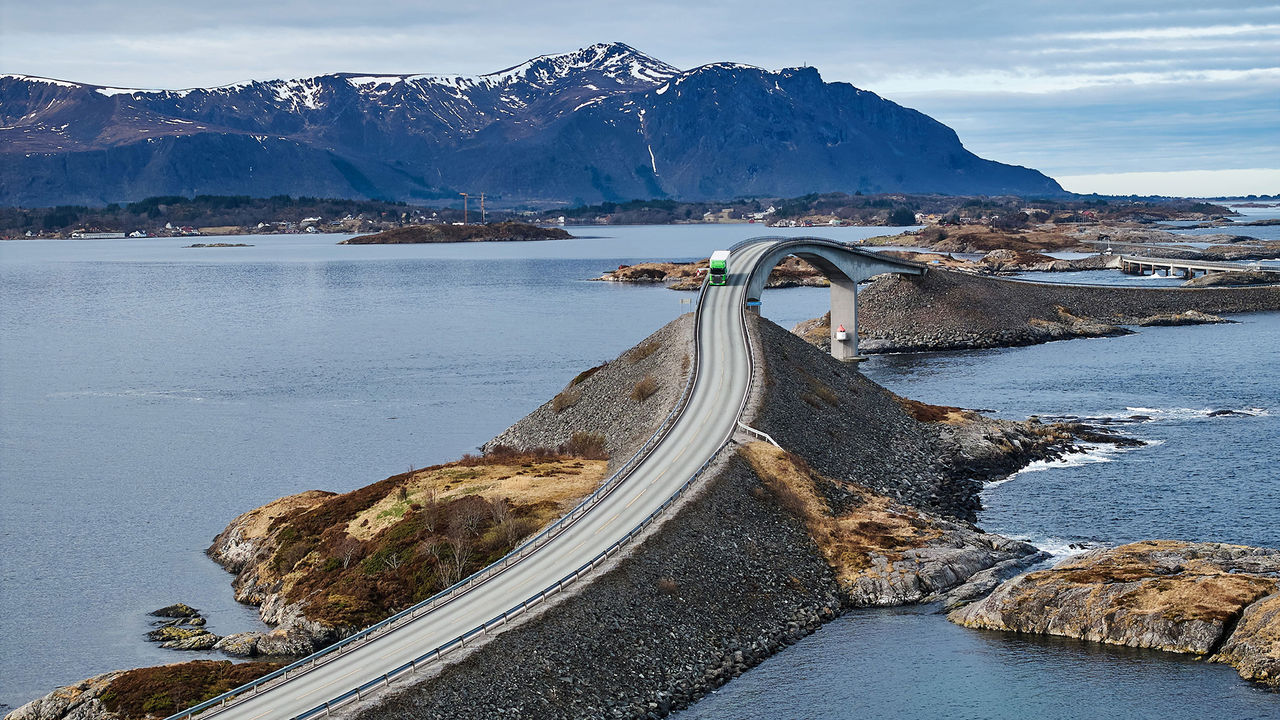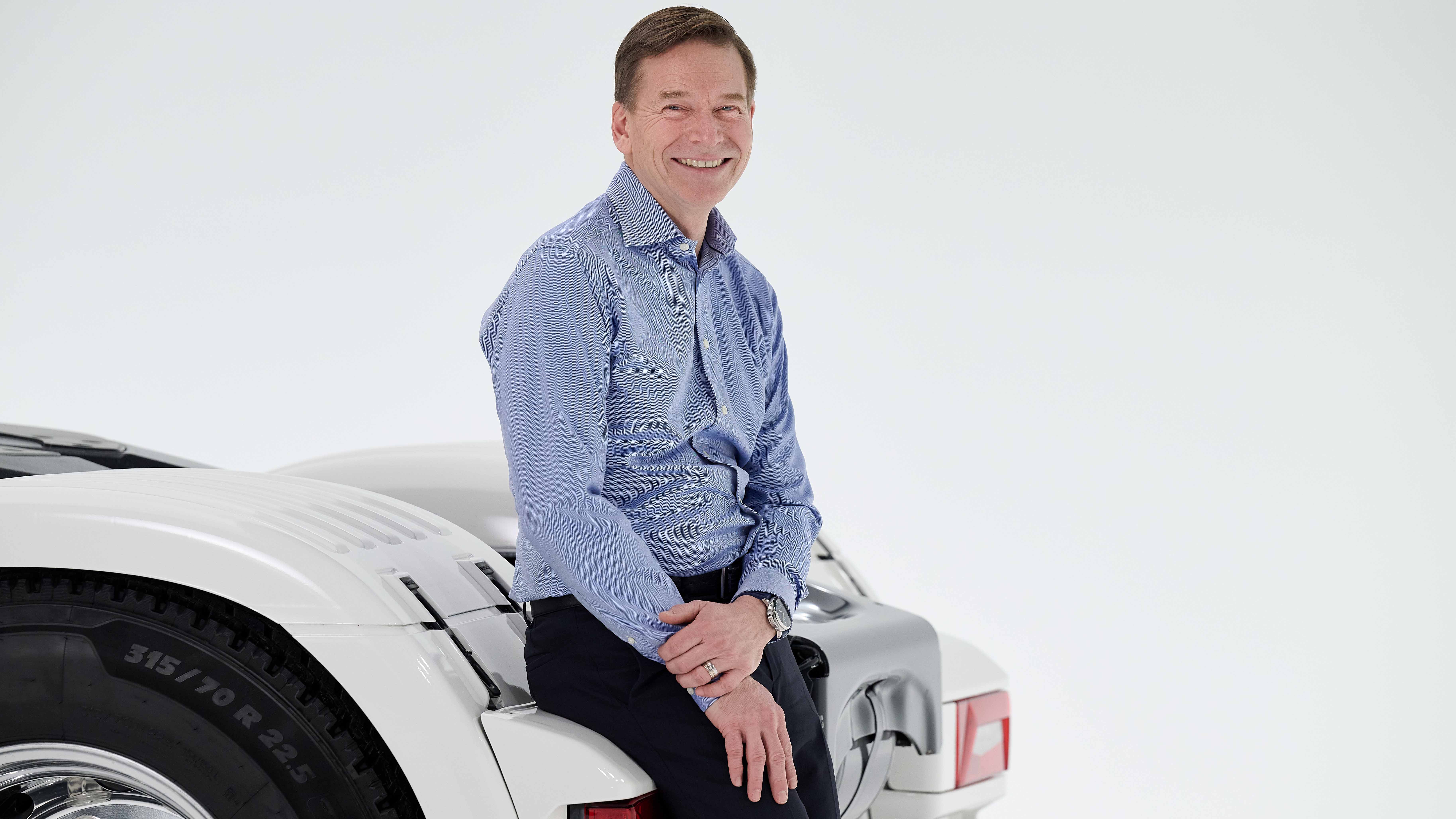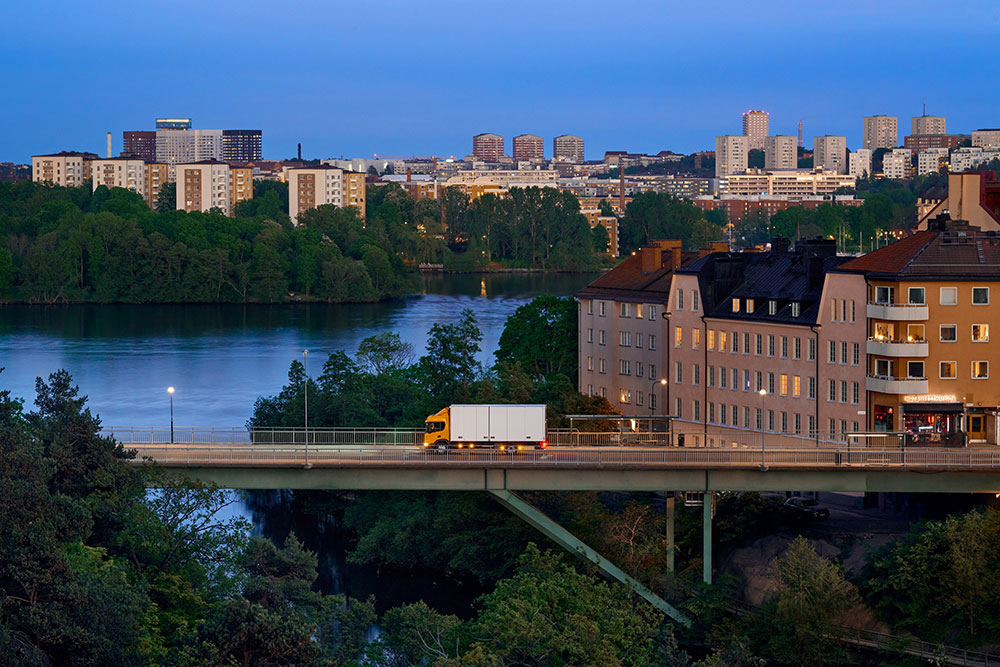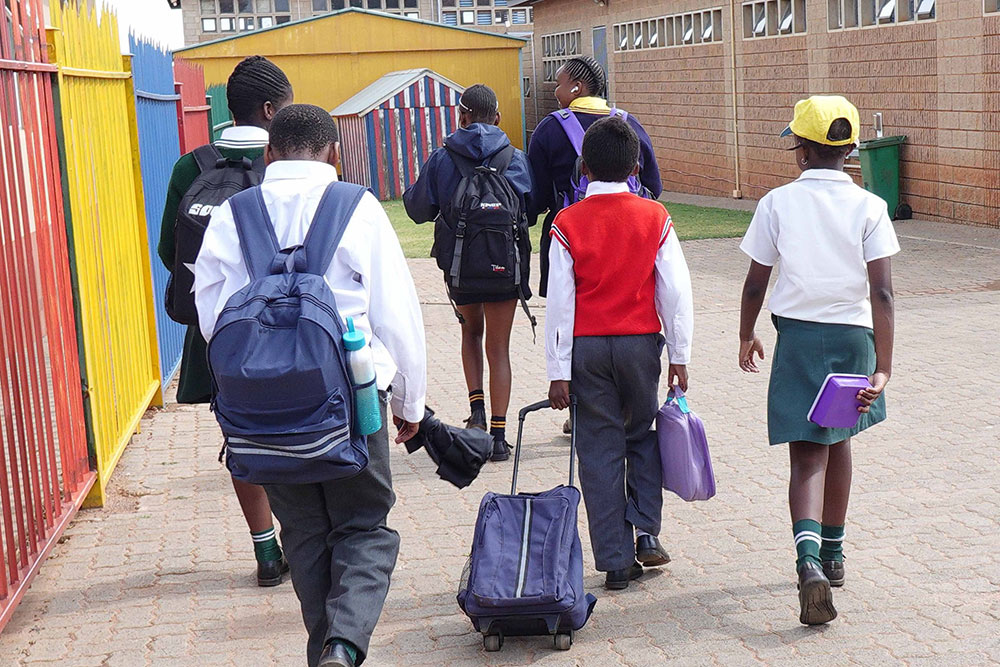
Year in review 2024
A time for leadership
”I am convinced that the winners in the new ecosystem of transport and logistics will be the ones who embrace change, turn risks into green opportunities and demonstrate bold, brave and sometimes stubborn leadership.”
Christian Levin, President and CEO, Scania and TRATON GROUP

Scania highlights 2024
Towards zero emissions
Decarbonisation is the area where Scania can make the biggest contribution to sustainability. More than 90 percent of the total carbon emissions from our business is generated when products are in use. Steps to reduce those emissions continued during the year including shifting to electric vehicles, promoting renewable fuels and improving energy efficiency. We also work with partners across our ecosystem to create the enabling conditions to make sustainable transport a reality.
A holistic approach to sustainable transport
A sustainable transport system is one that meets the needs of planet, people and business. Decarbonisation is central to this, but it’s not the only part of the picture. We want to ensure that the transition to renewable energy is done in a way that maximises value for society, and minimises negative impacts. Work within key areas to achieve this has continued during the year.

Circularity: the next sustainability frontier
Michael Lieder, Scania’s business developer for circular economy, explains why circularity is so important for Scania.

Scania scores top rating for road safety
Scania has been awarded the highest possible three-star rating in the Fédération Internationale de l’Automobile (FIA) Road Safety Index.

Building a future beyond mining
Scania is supporting the Marikana Youth Centre, working to provide brighter futures for children in the platinum mining town of Marikana.